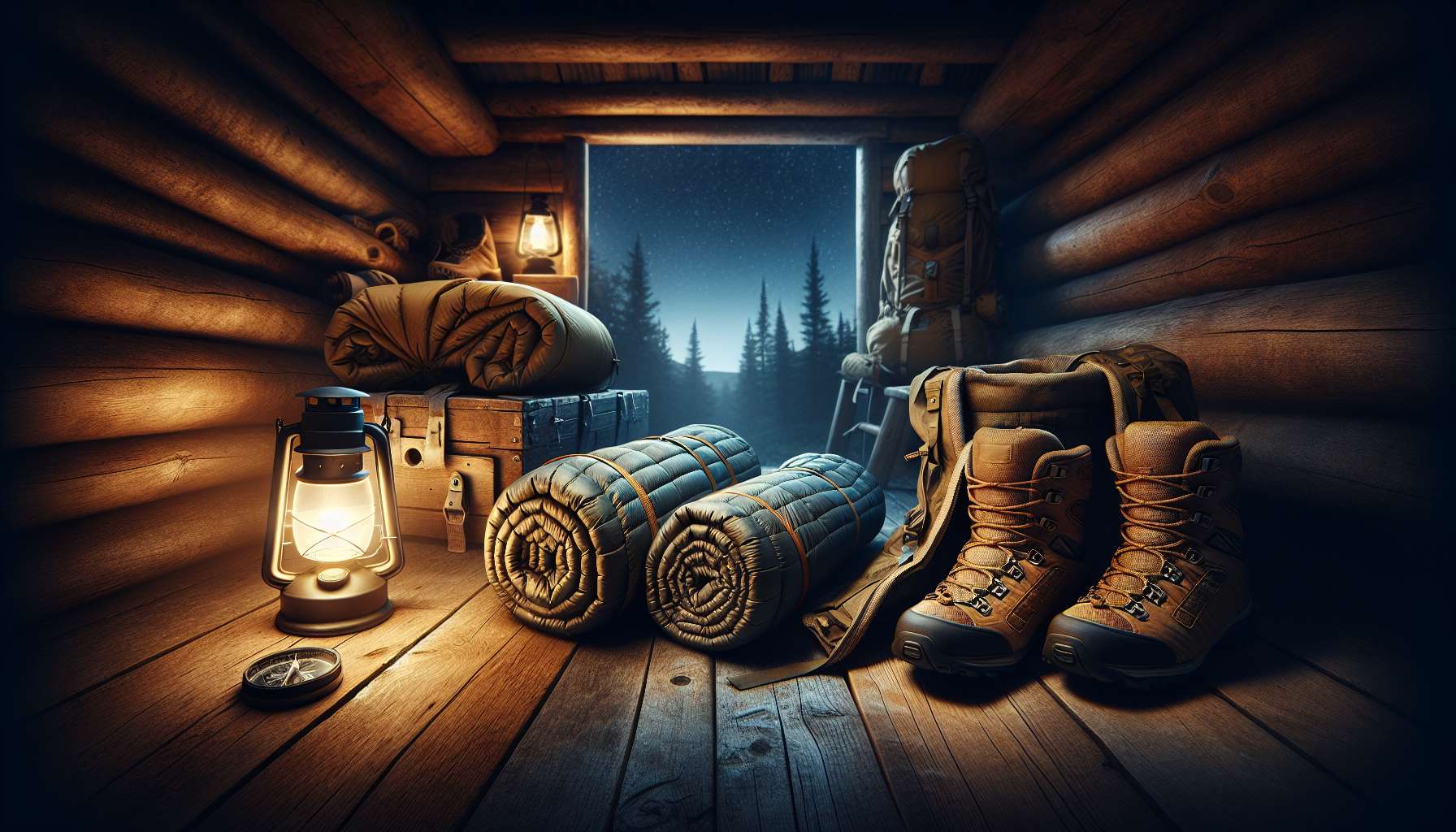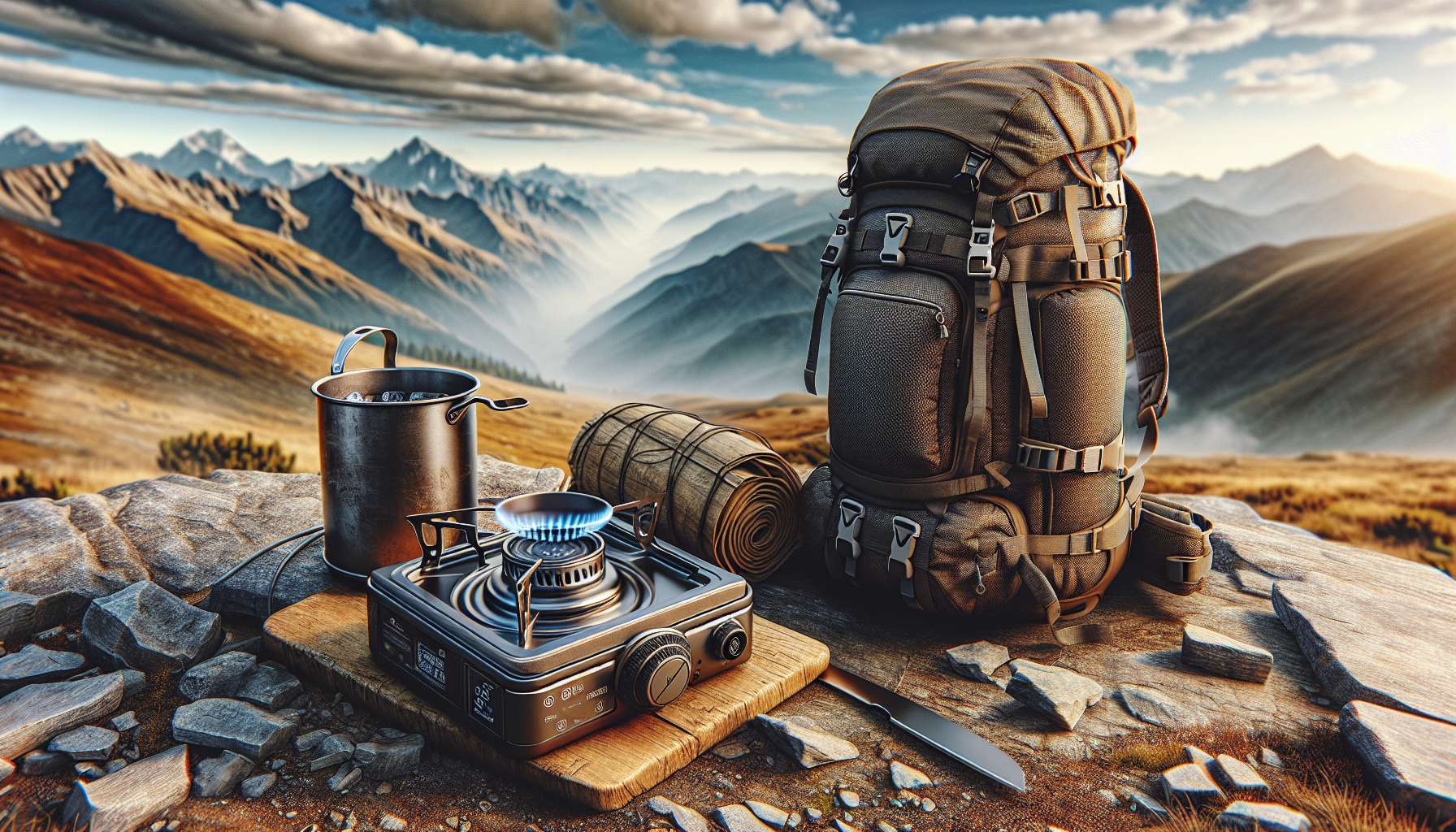Exploring the World of Lightweight Sleeping Bags
When it comes to outdoor adventures, having the right gear can make all the difference between a comfortable night’s sleep and a restless one. Lightweight sleeping bags have become a popular choice among campers, hikers, and backpackers due to their portability and insulation qualities. In this comprehensive guide, we will delve deep into the world of lightweight sleeping bags, exploring their features, benefits, and how to choose the best one for your needs.
The Evolution of Lightweight Sleeping Bags
Lightweight sleeping bags have come a long way since their inception. Historically, sleeping bags were bulky and heavy, primarily designed for military use or extreme weather conditions. However, with advancements in materials and technology, lightweight sleeping bags have become a staple in outdoor gear.
One of the key factors contributing to the popularity of lightweight sleeping bags is the use of innovative materials such as down and synthetic insulation. Down insulation, derived from duck or goose feathers, is known for its exceptional warmth-to-weight ratio, making it a top choice for ultralight sleeping bags. On the other hand, synthetic insulation, made from polyester fibers, offers better moisture resistance and retains its insulating properties even when wet.
Additionally, the design of lightweight sleeping bags has evolved to prioritize portability and packability. Many lightweight sleeping bags are now designed to be compressible, allowing users to easily pack them into a compact size for backpacking or hiking trips. Some models even come with compression sacks to further minimize their size and weight.
Types of Lightweight Sleeping Bags
There are several types of lightweight sleeping bags available on the market, each catering to different needs and preferences. Understanding the differences between these types can help you choose the best lightweight sleeping bag for your outdoor adventures.
Mummy Sleeping Bags
Mummy sleeping bags are a popular choice among backpackers and hikers due to their snug fit and lightweight design. These sleeping bags are tapered towards the feet to minimize dead space and maximize heat retention. While mummy sleeping bags offer excellent insulation, some users may find them restrictive due to their form-fitting shape.

Rectangular Sleeping Bags
Rectangular sleeping bags are more spacious and roomy compared to mummy sleeping bags, making them a comfortable option for those who prefer more freedom of movement. These sleeping bags are versatile and can be fully unzipped to double as a blanket. However, rectangular sleeping bags may not provide the same level of insulation as mummy bags due to their larger size.

Ultralight Sleeping Bags
Ultralight sleeping bags are designed for minimalist backpackers and thru-hikers who prioritize weight savings. These sleeping bags are made with lightweight materials and minimalistic features to reduce overall pack weight. While ultralight sleeping bags offer excellent portability, they may compromise on warmth and durability compared to heavier models.
Factors to Consider When Choosing a Lightweight Sleeping Bag
Choosing the right lightweight sleeping bag can significantly impact your comfort and safety during outdoor adventures. Here are some key factors to consider when selecting a lightweight sleeping bag:
Temperature Rating
One of the most important factors to consider is the temperature rating of the sleeping bag. Temperature ratings indicate the lowest temperature at which the bag can keep you warm and comfortable. It’s important to choose a sleeping bag with a temperature rating that matches the expected conditions of your trip.
Insulation Type
There are two main types of insulation used in lightweight sleeping bags: down and synthetic. Down insulation offers superior warmth-to-weight ratio but can lose its insulating properties when wet. Synthetic insulation, on the other hand, retains its warmth even when damp but is generally heavier and less compressible.
Weight and Packability
Since the primary advantage of lightweight sleeping bags is their portability, it’s essential to consider the weight and packability of the bag. Look for sleeping bags that are lightweight and compressible, making them easy to carry in your backpack.
Fit and Comfort
The fit and comfort of a sleeping bag can significantly impact your quality of sleep. Consider factors such as the shape of the bag, the length, and the width to ensure a comfortable fit. Some sleeping bags come with additional features like draft collars and hood cinches for added comfort.
Expert Opinions on Lightweight Sleeping Bags
We reached out to outdoor experts and enthusiasts to gather their insights on lightweight sleeping bags. Here’s what they had to say:
“Choosing a lightweight sleeping bag can make a huge difference in your overall backpacking experience. Look for a bag that balances weight savings with insulation to stay comfortable in varying conditions.” – Sarah, avid backpacker
“I prefer down insulation for its superior warmth-to-weight ratio, but I always make sure to pack a waterproof stuff sack to protect my sleeping bag from moisture.” – Jake, outdoor guide
Common Misconceptions About Lightweight Sleeping Bags
There are several misconceptions surrounding lightweight sleeping bags that may deter some outdoor enthusiasts from choosing them. Let’s debunk some of these myths:
Myth: Lightweight sleeping bags sacrifice comfort for weight savings.
While it’s true that lightweight sleeping bags prioritize weight savings, many models are designed with comfort in mind. Features like draft collars, hood cinches, and ergonomic shapes ensure that you can stay warm and cozy even in a lightweight bag.
Myth: Synthetic insulation is inferior to down insulation.
While down insulation offers superior warmth-to-weight ratio, synthetic insulation has its own advantages, such as retaining warmth when wet. Both types of insulation have their place in lightweight sleeping bags, and the choice between them ultimately depends on your preferences and needs.
Comparative Analysis of Lightweight Sleeping Bags
When comparing different lightweight sleeping bags, it’s essential to consider factors such as temperature rating, insulation type, weight, packability, and price. Conducting a comparative analysis can help you narrow down your options and choose the best lightweight sleeping bag for your outdoor adventures.
FAQs About Lightweight Sleeping Bags
Q: Are lightweight sleeping bags suitable for all seasons?
A: Lightweight sleeping bags come in a range of temperature ratings, from summer to winter models. It’s important to choose a sleeping bag with a temperature rating that matches the conditions of your trip.
Q: How do I care for my lightweight sleeping bag?
A: To prolong the life of your lightweight sleeping bag, follow the care instructions provided by the manufacturer. Avoid storing your bag compressed for extended periods and consider using a liner to protect it from dirt and oils.
To Wrap Things Up
Lightweight sleeping bags offer a blend of portability, insulation, and comfort, making them a popular choice for outdoor enthusiasts. By understanding the different types, factors to consider, and expert opinions on lightweight sleeping bags, you can make an informed decision when choosing the best one for your next adventure. Whether you’re backpacking through the mountains or camping under the stars, a quality lightweight sleeping bag can enhance your outdoor experience and ensure a good night’s sleep.




